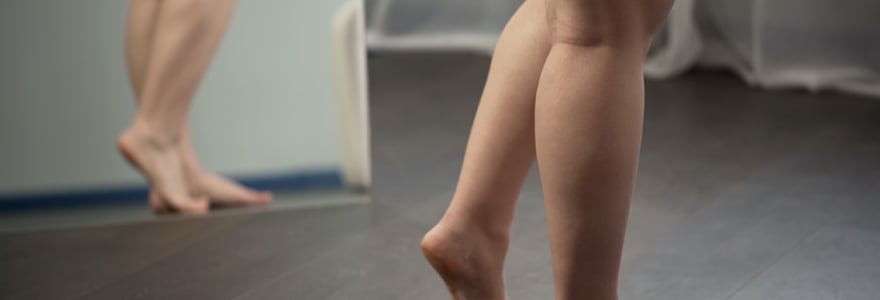Varicose veins can be a real pain — both literally and figuratively. They can be uncomfortable, unsightly, and downright inconvenient. However, what many people don't know is that varicose veins can also be linked to heavy legs. In this article, we will explore the connection between heavy legs and varicose veins. We'll look at the symptoms of heavy legs, what varicose veins are, the causes of varicose veins (including heredity, gender, age, and lifestyle factors), and how heavy legs are related to varicose veins. Finally, we'll explore some prevention and treatment options, like Daflon 500 mg, for both heavy legs and varicose veins.
Symptoms of Heavy Legs
Heavy legs are a common symptom experienced by many people, and they can be caused by several factors, including standing or sitting for extended periods, being overweight, or inactive. Some common signs and symptoms of heavy legs include:
- Aching, heaviness, or fatigue in the leg muscles
- Swollen feet or ankles
- Burning or cramping sensation in legs
- Itchy skin near the veins
What are Varicose Veins?
Varicose veins are enlarged, twisted veins that usually occur in the legs. They are caused by a malfunction of the valves that regulate the flow of blood within your veins. When the valves are weak or damaged, blood can flow backward, pool, and cause the veins to bulge and twist. Although varicose veins are mostly not life-threatening, they can cause discomfort and become a cosmetic concern to some.
The Causes of Varicose Veins
There are several factors that contribute to the development of varicose veins, including:
Heredity
A family history of varicose veins increases the likelihood of developing them. If your parents or close relatives have varicose veins, you are more likely to have them too.
Gender
Women are more likely than men to develop varicose veins because pregnancy, hormonal changes, and menopause can weaken the vein walls and valves.
Age
The risk of developing varicose veins increases as you age because the wear and tear on the veins cause them to lose elasticity and become weaker over time.
Lifestyle factors
Obesity, prolonged standing or sitting, lack of physical activity, smoking, and a high-salt diet can increase your risk of developing varicose veins.
How Heavy Legs Are Related to Varicose Veins
Heavy legs can be an early sign of varicose veins. As blood pools in the veins, your legs can feel heavy, achy, or fatigued. In some cases, the veins can become visible just below the skin surface, and you may see red or blue twisted veins. Varicose veins can also cause itchiness, pain, or swelling.
Prevention and Treatment for Varicose Veins and Heavy Legs
Healthy lifestyle changes
There are several things you can do to prevent or reduce the risk of developing varicose veins or heavy legs, including:
- Maintain a healthy weight
- Exercise regularly to improve circulation and strengthen leg muscles
- Reduce salt intake to reduce fluid buildup in the legs
- Take frequent breaks if you have to stand or sit for long periods
Compression stockings
Compression stockings are specially designed elastic stockings that can help to prevent or alleviate the symptoms of varicose veins and heavy legs. They work by applying pressure to the legs, which helps to improve circulation and reduce swelling. Compression stockings come in various sizes and strengths, and it is essential to consult your doctor before using them.
Sclerotherapy or laser treatment
Sclerotherapy and laser treatment are minimally invasive procedures commonly used to remove varicose veins. Sclerotherapy involves the injection of a solution that irritates the inside of the vein and causes it to collapse and seal shut. Laser treatment uses heat energy to shrink and close the veins. Both treatments are usually performed under local anesthesia, and patients can return to their daily activities almost immediately.
Surgical procedures
In some cases, surgery may be required to remove varicose veins. Surgical procedures involve removing or tying off the affected veins. The most common surgical procedures used to treat varicose veins include vein stripping and ligation, ambulatory phlebectomy, and endovenous laser ablation. Your doctor will recommend the best treatment option for you based on the severity of your condition.
Both heavy legs and varicose veins are common conditions that can be uncomfortable and cause significant inconvenience to those affected. Although they may not be life-threatening, they can be a sign of underlying medical issues that require attention. Adopting a healthy lifestyle such as regular exercise, consumption of a well-balanced diet and observing great proper body weight, are among some of the best ways to prevent or reduce heavy legs and varicose veins' symptoms. In severe cases, treatment options such as compression stockings, therapy or surgical procedures help to manage these conditions and alleviate discomfort.
